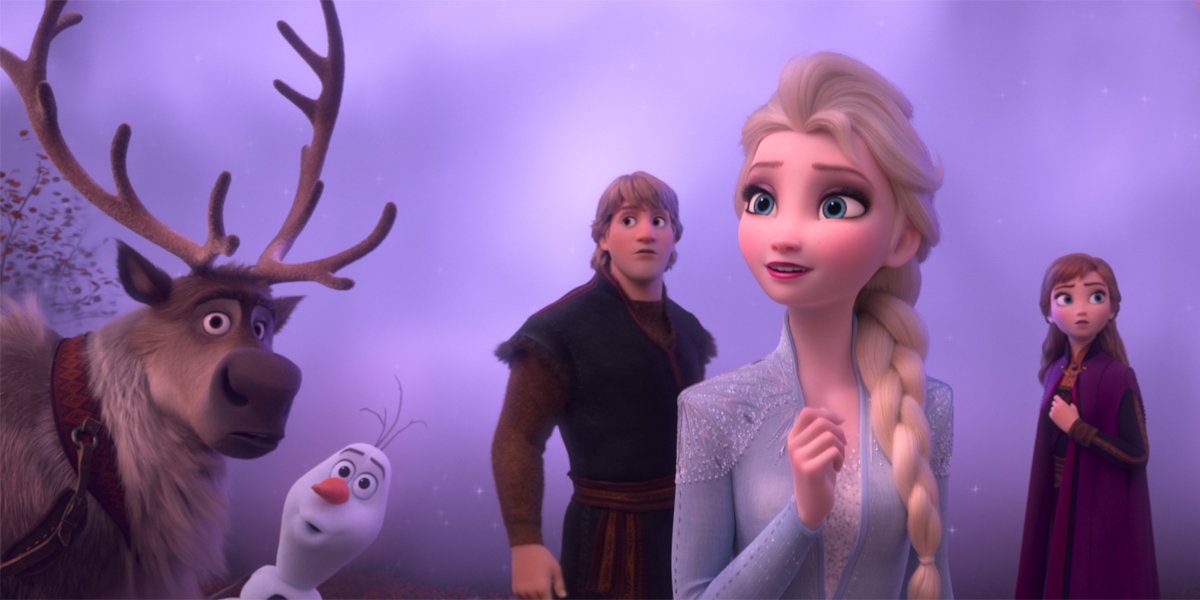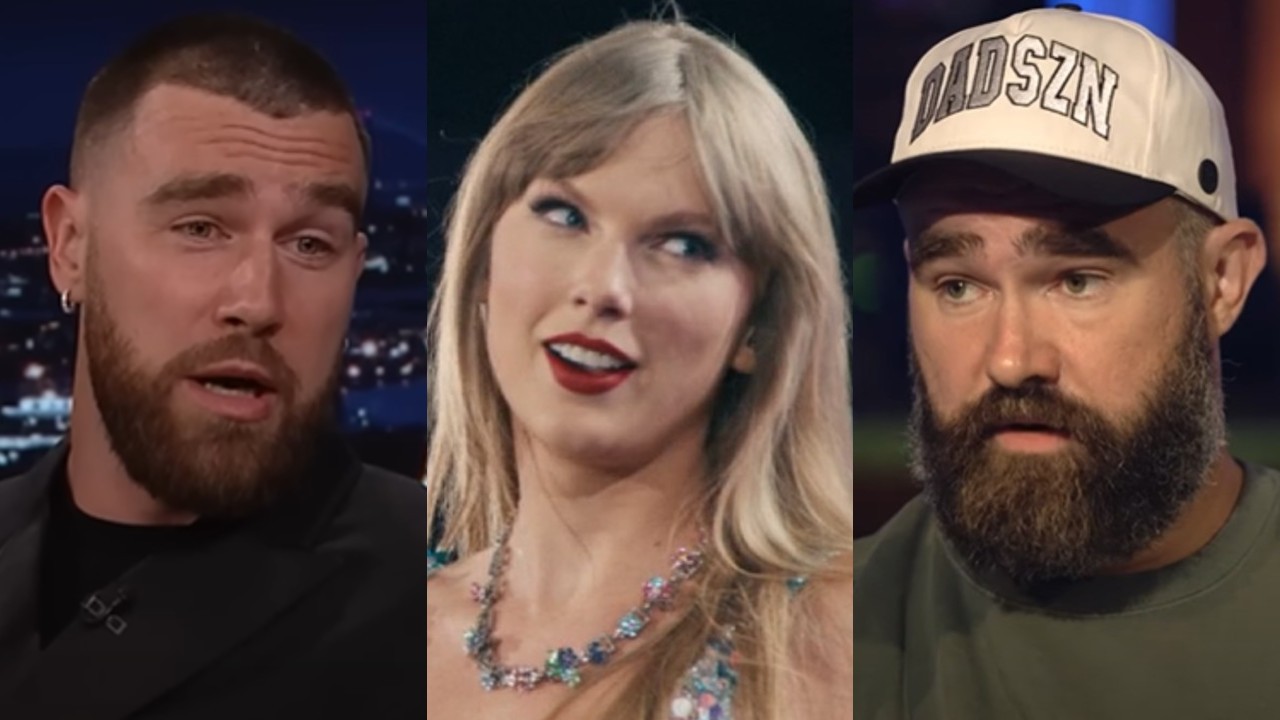Incredible as the legacy of Walt Disney Animation Studios may be, sequels have never really been a significant part of the studio's equation for success. Its history isn’t totally devoid of these projects, such as The Rescuers Down Under arriving after The Rescuers and Fantasia 2000 bringing back the original 1940 classic for the new millennium, but the vast majority of follow-ups to movies – even the outrageously huge blockbusters like Lion King and Aladdin – notably skipped theatrical releases and were made specifically for the home video market.
Now, though, it seems that we have entered a new era for the company, which has now produced sequels two years in a row. It was just November that fans got to see the return of Wreck-It Ralph and Vanellope von Schweetz in Ralph Breaks The Internet, and now audiences everywhere have the opportunity to reunite with Anna, Elsa, Kristoff, Sven, and Olaf in Frozen II. This is totally fine in principal, as there is absolutely nothing wrong with telling new stories in a particular universe once the doors have been thrown wide open and there is a clear demand and potential for more stories.
What’s unfortunate is that unlike Ralph Breaks The Internet, and despite the tried-and-true story development methods of Walt Disney Animation, the return to the magical city of Arendelle is a lacking experience – unable to keep afloat what is a dull and confusing story even while operating with another phenomenal soundtrack from composers Kristen Anderson-Lopez and Robert Lopez and the tremendous voice cast.
Once again featuring directors Jennifer Lee and Chris Buck at the helm, Frozen II picks up with its lead characters three years after the events of the first film, with Arendelle thriving under the rule of Queen Elsa (Idina Menzel). Anna (Kristen Bell) is still as goofy and happy as ever, and still in a close relationship with Kristoff (Jonathan Groff), who is working up the courage to propose. Olaf (Josh Gad), meanwhile, is not only enjoying an extended life through the various seasons due to an acquired layer of permafrost, but he has also started to read and broaden his mind intellectually.
While everything seems fine on the surface, though, the reality is that Elsa is more than a little troubled. She has been hearing a mystical call from an unknown source, and while she tries to block it out, it persists. Ignoring it winds up becoming impossible when the city is attacked by elemental forces – earth, wind, fire, and water – and Elsa realizes what she must do. Along with Anna, Olaf, Kristoff, and the trusty reindeer Sven, the heroine ventures to the Enchanted Forest to not only discover the source of the chaos in her kingdom, but unknowingly also why it is that she has been gifted the ability to control ice.
Frozen II tries to explain Elsa’s powers, but winds up creating more questions than answers.
It’s primarily in pursuit of answering the origin question that Frozen II finds itself slipping up – which is particularly interesting when you consider that it was the subject that initially inspired the filmmakers to take on the project. There are a number of other good ideas in play, such as a structure built around our heroes taming the elemental forces, and the discovery of a dark secret in Arendelle’s past, but the film gets lost when it tries to address the Why Of Elsa.
On top of adding certain story elements that don’t quite make sense, and the issues that are created from shifting the groups dynamics, the truth is that I walked away from the movie still not sure I understand the source of the snow queen’s gifts… which especially isn’t great when I’m an adult, and the primary audience for this film is children.
In some ways it feels like Frozen II evolved beyond its initial conceit through the story-building process, but felt anchored to the original idea and couldn’t let it go (no pun intended).
Frozen II’s heroes don’t evolve as much as they should.
As character-centric as Walt Disney Animated Studios films tend to be, it’s also somewhat shocking just how little the characters change over the course of the story – an element that’s unfortunately accentuated by the fact that Olaf repeatedly refers to the Enchanted Forest as a place of “transformation.” Because it’s an Elsa-centric story that becomes a group mission, the personalities of the core ensemble aren’t provided with much room to expand beyond who they were at the end of Frozen/are at the start of this movie.
Kristoff, for example, is introduced as wanting to propose to Anna in his first most significant scene, and it winds up becoming the only thing he does in the story – which is so thin that it basically eliminates him as a presence in the second half of the larger narrative. And while there are hints of Olaf gaining more emotional complexity, his growth is ultimately played more as a gag instead of a character arc, and he and Anna are literally pushed into a cave later in the movie when there’s nothing that they can add to the plot.
“Into The Unknown” is just one of many fantastic songs on the Frozen II soundtrack.
The saving grace is that while Frozen II doesn’t do much to move its heroes forward, it does at the very least provide them with some exceptional character-based moments, specifically through yet another brilliant soundtrack from Kristen Anderson-Lopez and Robert Lopez. Going in, there was a lot of expectation for the movie to deliver another hit as big as “Let It Go” from the first movie, and the reality is that it may succeed. The first act features yet another song from Idina Menzel – this one titled “Into The Unknown” – and it’s a performance that pushes you into the back of your chair and induces goosebumps.
Playing around with some of the elementals in the forest and confused by every minute of it, Josh Gad as Olaf has one of the best solos with the wonderful “When I Am Older” – essentially a joyous existential crisis in song form – and Jonathan Groff gets to join in on the fun this time around with the excellent ‘80s power ballad-inspired “Lost In The Woods.” The inclusion of these sequences into the structure of Frozen II isn’t always supremely elegant, as there are some pacing issues created when it feels like the movie is racing from one to the next, but each is fully welcomed by the end as they continually prove to be the best parts of the film (often because they also provide a lot of creative opportunities for the animators).
Frozen II has some genuinely great scenes, brought to life with stunning detail by some of the best artists in the business, and often succeeding in crafting big laughs and authentic character moments, but it comes up short when trying to tell a satisfying and fully coherent story. After six years you’d hope for more – and it will be interesting to see how it affects the development of Disney sequels going forward.

Eric Eisenberg is the Assistant Managing Editor at CinemaBlend. After graduating Boston University and earning a bachelor’s degree in journalism, he took a part-time job as a staff writer for CinemaBlend, and after six months was offered the opportunity to move to Los Angeles and take on a newly created West Coast Editor position. Over a decade later, he's continuing to advance his interests and expertise. In addition to conducting filmmaker interviews and contributing to the news and feature content of the site, Eric also oversees the Movie Reviews section, writes the the weekend box office report (published Sundays), and is the site's resident Stephen King expert. He has two King-related columns.











